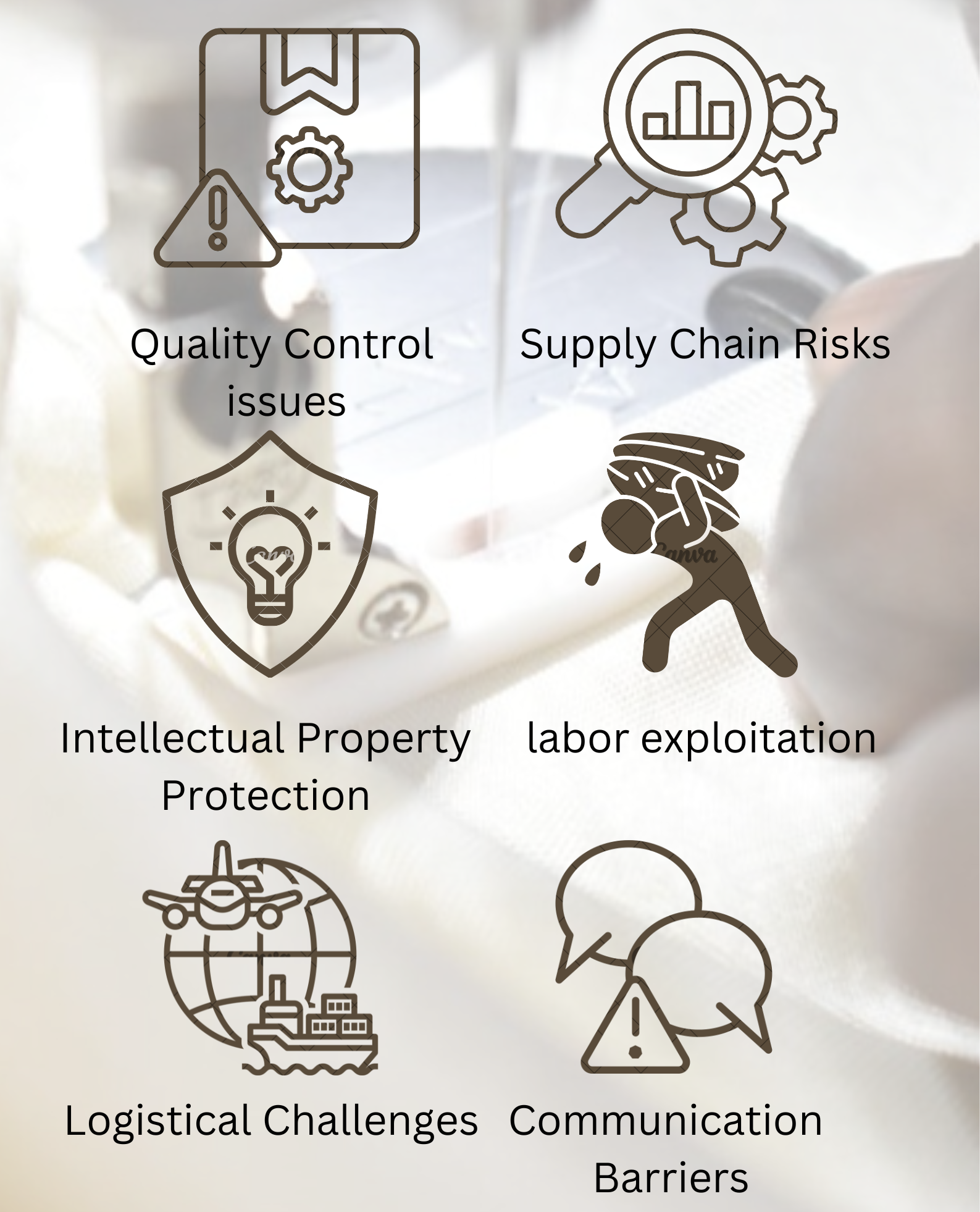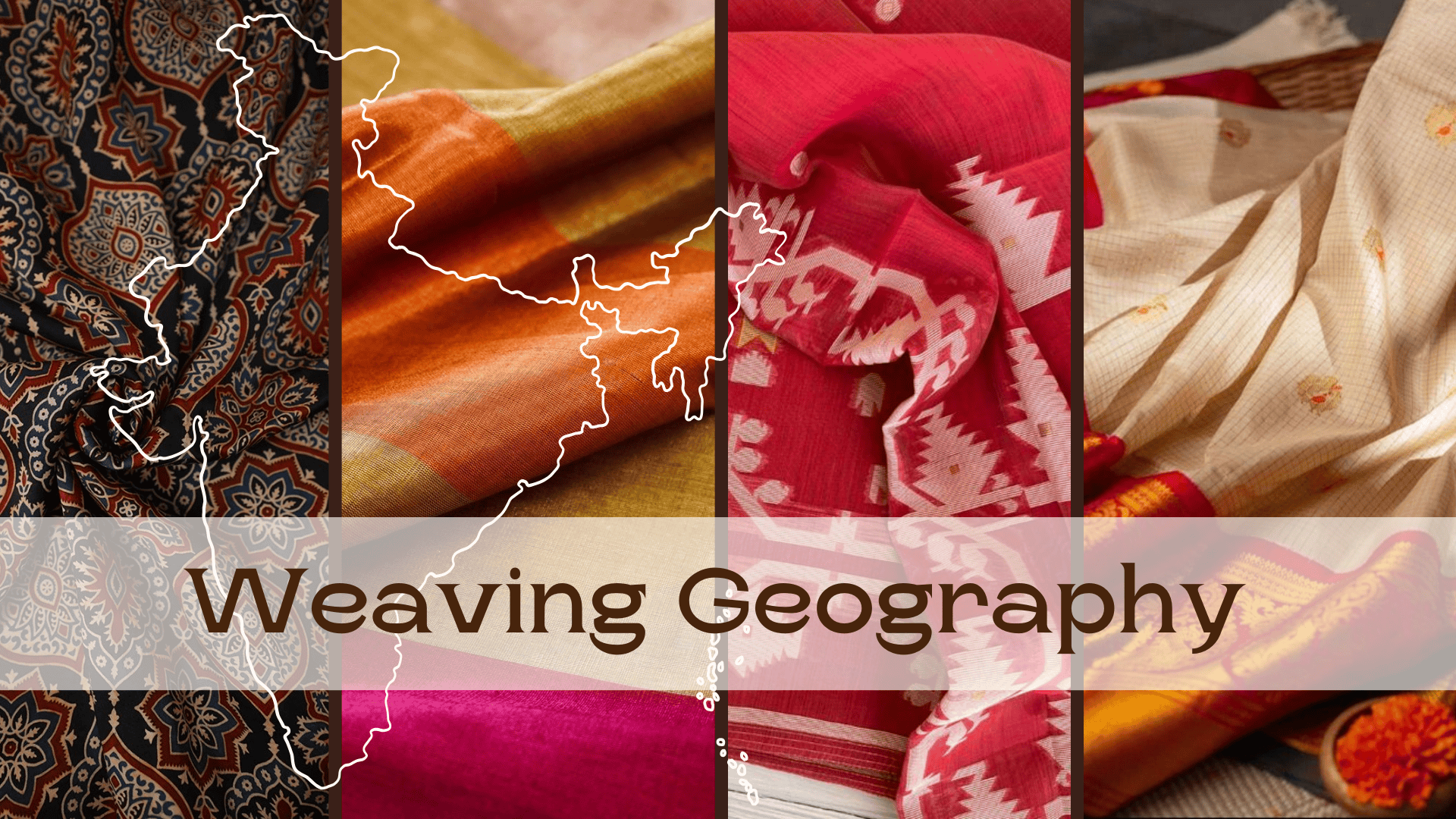
The Benefits and Challenges of Outsourcing Garment Manufacturing

Outsourcing garment manufacturing has become a common practice for companies looking to optimize production processes and remain competitive in the global market. While there are numerous benefits to outsourcing, such as cost savings and access to specialized skills, it also presents several challenges that companies must navigate. In this blog post, we'll explore the advantages and drawbacks of outsourcing garment manufacturing.
Anuprerna recognizes the allure of outsourcing as a strategic tool for optimizing production processes and bolstering competitiveness in the global market. By outsourcing garment manufacturing, Anuprerna gains access to cost-effective solutions and specialized skills that enhance the quality and efficiency of its products. This approach empowers Anuprerna to deliver exceptional garments and fabrics to its customers while maintaining a competitive edge in the industry.
Benefits:

Cost Savings: Outsourcing to countries with lower labor costs cuts production expenses, enabling competitive pricing while preserving profit margins.
Access to Specialized Skills: Outsourcing provides access to specialized garment manufacturers with advanced skills in sewing, pattern making, and garment construction. These manufacturers often have years of experience and expertise, resulting in higher-quality products and faster turnaround times.
Scalability: Outsourcing allows for flexible production volumes to match demand changes. Manufacturers in outsourcing hubs are equipped for large-scale production, efficiently handling varying order sizes.
Focus on Core Competencies: Outsourcing manufacturing lets companies concentrate on core competencies like design, marketing, and distribution, fostering innovation and efficiency while entrusting production to specialists.
Explore More
Global Market Access: Outsourcing aids companies in accessing global markets through experienced manufacturers familiar with exporting and global trade regulations, easing market expansion.
Time Efficiency: Outsourcing garment manufacturing boosts production efficiency with streamlined workflows and fast turnaround times, enabling companies to meet deadlines and adapt swiftly to market changes, enhancing competitiveness.
Challenges:
Quality Control: Maintaining consistent product quality when outsourcing to distant locations poses challenges due to communication barriers, differing standards, and varying worker skills, resulting in quality inconsistencies.
Supply Chain Risks: Outsourcing complicates the supply chain, raising the risk of disruptions from political instability, natural disasters, transportation delays, and labor disputes, potentially affecting production schedules and causing inventory shortages
Intellectual Property Protection: Outsourcing to countries with weaker intellectual property laws poses risks of unauthorized replication or theft, threatening proprietary designs, patterns, and technologies. This can harm competitiveness and devalue the brand.
Ethical and Social Responsibility: Outsourcing destinations often face criticism for poor working conditions, labor exploitation, and environmental harm. Companies must ensure adherence to ethical labor practices and environmental standards to avoid reputational harm and legal issues.

Explore More
Logistical Challenges: Coordinating production, shipping, and inventory across time zones and locations can pose logistical challenges. Delays in transportation, customs, and communication can disrupt supply chains and extend lead times.
Communication Barriers: Outsourcing to countries with diverse languages and cultures can create communication challenges. This may lead to delays, errors, and misunderstandings in production. Effective communication strategies, like translators or digital tools, are vital for smooth collaboration.
Efficient discussions for better understanding:
- Trade Policies and Regulations: Explore how international trade policies, tariffs, and regulations impact garment manufacturing outsourcing decisions and global supply chains. Changes in trade policies can affect production costs, market access, and sourcing strategies, influencing companies' outsourcing decisions and supply chain configurations.
- Emerging Markets: Discuss the role of emerging markets in garment manufacturing outsourcing, including trends, opportunities, and challenges in regions such as Southeast Asia, Africa, and Latin America. Emerging markets offer cost advantages, skilled labor pools, and growing consumer markets, attracting companies seeking to diversify their manufacturing base and expand their global footprint.
- Reshoring and Nearshoring: Examine the trend of reshoring and nearshoring in garment manufacturing, where companies bring production back to their home countries or closer to their target markets to mitigate risks and improve responsiveness. Factors driving reshoring and nearshoring include rising labor costs overseas, concerns about supply chain resilience, and the desire for faster lead times and greater control over production processes.
- Digital Transformation: Analyze the impact of digital transformation on garment manufacturing outsourcing, including the adoption of digital technologies such as IoT, blockchain, and data analytics to enhance efficiency, transparency, and collaboration in the supply chain. Digital transformation initiatives enable real-time visibility into production processes, predictive
related questions
How does outsourcing garment production lead to cost savings?
arrow_drop_downOutsourcing to countries with lower labor costs reduces production expenses, allowing for competitive pricing and maintained profit margins.
What are the benefits of accessing specialized skills through outsourcing?
arrow_drop_downIt provides access to garment manufacturers with advanced skills in sewing, pattern making, and garment construction, resulting in higher-quality products and faster turnaround times.
What are the supply chain risks associated with outsourcing?
arrow_drop_downIncreased risk of disruptions from political instability, natural disasters, transportation delays, and labor disputes, potentially affecting production schedules and causing inventory shortages.
What ethical and social responsibility considerations are important when outsourcing?
arrow_drop_downCompanies must ensure adherence to ethical labor practices and environmental standards to avoid reputational harm and legal issues due to poor working conditions, labor exploitation, and environmental harm.
More Blogs

understanding mulberry silk quality: what designers often miss and why it matters

bengal looms for men: beyond the kurta

jamdani magic: why this weave is unesco-recognized as cultural heritage

weaving geography: which district is known for which handloom fabrics

the ultimate guide to naturally dyed and block printing textiles

why skin-friendly textiles are the next luxury in fashion






